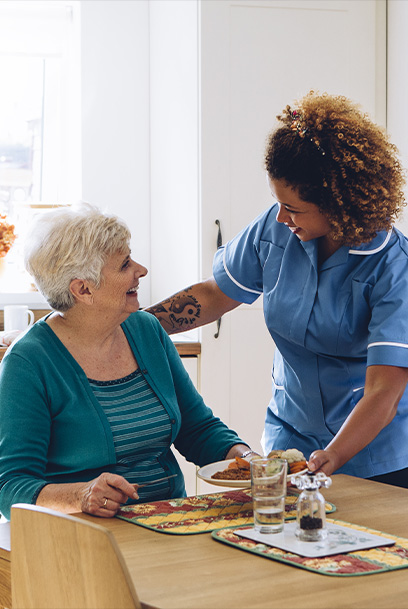WEST HARTFORD — As town officials move closer to finalizing where exactly to install automated speed enforcement cameras next year, new data shows just how fast motorists in West Hartford are driving on those targeted roadways.
That data, presented by the town and its consultant in the report that will be submitted to the state for final approval of the cameras, details aggressive speeding by drivers in West Hartford, a town that has reacted to multiple pedestrian fatalities over the last few years by creating a Vision Zero action plan that aims to eliminate car crashes that cause serious injuries or death.
Loading...
The report shows the frequency of car crashes, traffic volumes, police traffic stops and school zones, as the town determines its 15 locations in hopes of deterring speeders. Some of the areas singled out in the report include sections of Albany Avenue, Farmington Avenue and Flatbush Avenue.
More For You
"Each of these locations is supported by detailed speed and crash data, so it helps us provide a really clear, data-driven foundation for our recommendations to the state, which we believe will help us with the final approval," said Town Manager Rick Ledwith at an October Community Planning and Economic Development committee meeting.
Once a plan is finalized and approved by both the state and the federal government, the town will move forward with installing the cameras — likely midway through 2026 — and begin fining violators who drive 10 miles per hour or more over posted speed limits $50 for a first offense and $75 for repeat offenses. Collected fines would be used toward future road safety projects — like traffic calming measures — the town has said in the past.
With many of the 20 proposed locations — the town will narrow that down to 15 eventually — data suggests that West Hartford is targeting roads where a large percentage of drivers are speeding excessively, at 10 miles per hour over the speed limit.
For example, 57% of traffic traveling westbound on Albany Avenue between Renbrook School and Mountain Brook Road travel at least 50 miles per hour or more, with the average speed being 51 miles per hour. The posted speed limit there is 40 miles per hour.
Similarly, on Farmington Avenue between 1363 Farmington Ave. and Old Mill Lane, 48% of motorists traveling eastbound are driving 45 miles per hour or faster on a stretch with a posted speed limit of 35 miles per hour.
But two surveyed areas show where speeding is the most out of control when it comes to the 20 locations the town has considered for its speed cameras.
The highest percentage of violators — who would all be fined under the town's ordinance that will catch speeders going 10 miles per hour or more over the speed limit — is on Flatbush Avenue between Price Boulevard and Oakwood Avenue.
On that stretch, town data shows that 70% of drivers heading eastbound are driving at least 35 miles per hour or more in an area with a posted speed limit of 25 miles per hour, a potentially alarming statistic because the roadway lines Charter Oak International Academy, an elementary school.
A high rate of westbound motorists — 57% — are also speeding that much. The town recently installed a raised crosswalk, one of several in West Hartford, on that stretch.
The next highest rate of speeding is happening on Mountain Road between Cliffmore Road and Fern Street, where 69% of southbound drivers are traveling at least 40 miles per hour or faster in an area with a posted speed limit of 30 miles per hour. Northbound drivers are going fast, too, with 55% of them traveling at that same clip.
Some areas studied, though, aren't seeing the same rate of speeders that town residents might expect. On Trout Brook Drive, between Memorial Road and Boulevard, data shows that only 5% of northbound traffic is going at least 45 miles per hour on the road with a posted speed limit of 35 miles per hour. And just over 1% of southbound traffic is doing the same.
Similarly, speeding rates are low on Farmington Avenue between Whiting Lane and South Highland Street, where less than 1% of motorists heading in both the eastbound and westbound directions are speeding excessively. And on King Philip Drive between Albany Avenue and Mohawk Drive, less than 1% of northbound drivers are going 45 miles per hour or faster, with just over 2% doing the same in the southbound direction.
Joe Balskus, a member of the consulting firm VHB that the town is working with, said this data — and more — will evaluated by the state when they determine whether or not to approve each location in town.
"In terms of justifying these locations, speed, crash history, (traffic) volumes, traffic stops, geometry as well are all factors of where we place the cameras," Balskus said at the committee meeting. "(The state) may have some comments on these — they may want to adjust some signs, they may have some comments on where they want us to place the signs."
The town council was scheduled to set a public hearing on the topic for Dec. 17 at its Wednesday meeting.
West Hartford has future plans to install red light enforcement cameras as well.

 860-533-9343
860-533-9343




 Service Areas
Service Areas























